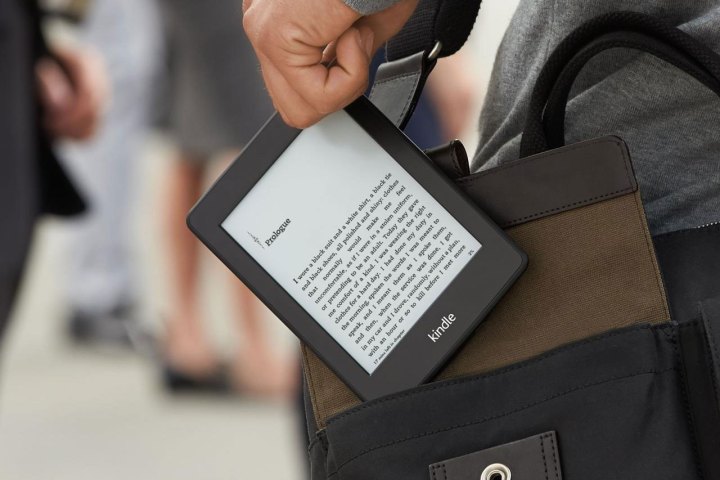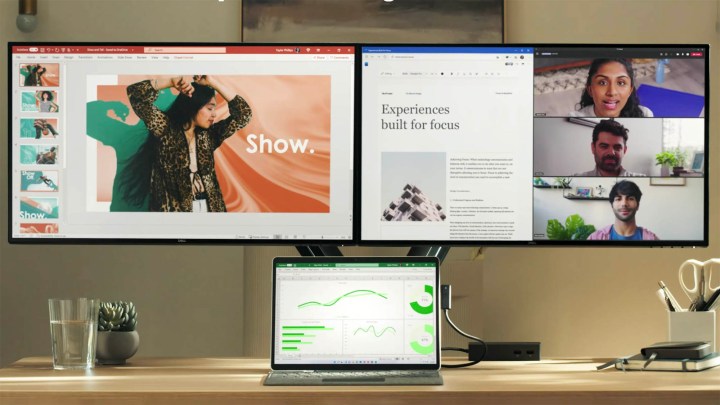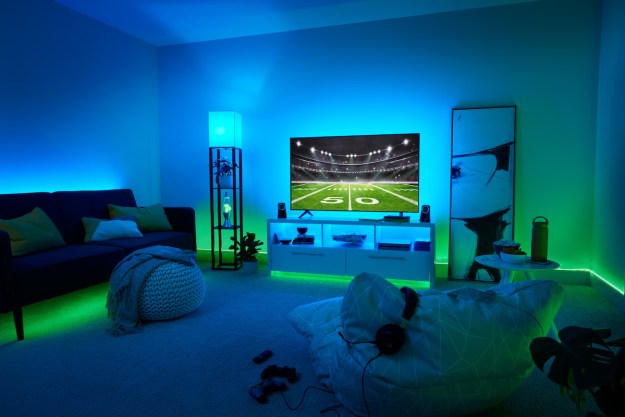You’re almost certainly reading this article on a screen. But is your brain really absorbing the text?
Most of our reading now happens on our phones and computers — so much so that it’s not uncommon to spot toddlers trying to pinch and zoom on physical magazines, seemingly flabbergasted by how unresponsive they are. Though this rapid shift to digital has made information more accessible than ever, it has also left many wondering whether screens are impacting our ability to learn and comprehend the written word.
Since the 1990s, when screens just about began to go mainstream, that question has been the center of research for experts from scores of backgrounds — from psychology to linguistics — and the odds, statistically, are in favor of paper.
A recent report averaged evidence from over two dozen studies that compared how well we absorb information on paper and screens. Out of the 33 laboratory studies reviewed, the report discovered, 29 concluded readers learned more on paper. In 2013, a series of rigorous tests even found that people need fewer cognitive resources to remember paper content, which ultimately allows a person to retain more information.
Read between the lines, however, and the science becomes far more divided and complicated. In most of those studies, the differences are marginal and experts, therefore, suspect the results have more to do with how we think about reading on screens than anything else.
Does it matter what medium you read on?
To reach an answer, it’s vital to understand the arguments that have formed the basis of countless pieces of research over the years. The most prominent of them all has to simply do with how our minds work.
When we read, our brain constructs a mental map of the text. It’s aware of where each word or line appears on a paper, which helps us remember better. This makes paperback books a topologically superior medium. There are eight corners and two pages we consume one by one. We can feel its thickness to track our progress. Turning a page builds a rhythm, which almost acts like an underlying engine keeping the dots in our memory connected. A screen has none of these navigational qualities.

Because while reading digitally, you don’t have the tactile experience of paper and benefits like a mental map, Dr. Lauren Trakhman, a clinical professor at the University of Maryland, says you work with a “diminished capacity of your working memory.”
However, although studies have backed this theory from surveys and tests, there’s little conclusive evidence that can link it to reading comprehension.
Dr. Sara Margolin, an associate professor of psychology at SUNY Brockport, believes it’s primarily dependent on an individual’s working memory. As long as the person has the mental resources to process the text, “the text will be understood, and presented correctly in memory.”
Screen distractions impact comprehension
The problems arise, Dr. Margolin adds, when a given piece of information needs more memory resources than the person currently can afford. This essentially means if the person, for instance, is distracted, they won’t have the attention and bandwidth to remember and learn, and that’s usually likely more in a screen’s case than paper.
Distractions are common when you’re on your phone or computer, and they drain the resources you’d need to comprehend your reading material. More importantly, these distractions — whether social media or instant messaging — affect our mindset about reading on a screen.
When you approach a screen to learn, it triggers a contextual cue which almost makes our mind think it’s time for a break and entertainment. It’s psychologically challenging for our brains to shift gears or prevent us from getting distracted, which again uses up more of our mental resources. We take learning on paper more seriously.

“Even thinking about what you could do on that device (besides reading) can be distracting,” Dr. Naomi Baron, a linguistics professor at the American University author of the book How We Read Now, told Digital Trends.
That’s not all. We subconsciously develop a “screen-based reading behavior.” Think about how we scan through mountains of web search entries and social media posts. Instead of concentrated learning, we read selectively by scrolling, skimming, and spotting keywords that may seem essential. This habit is ideal for consuming as much as the endless treasure troves of content online, but it’s bad news for learning.
While scrolling on a computer, we are always on the move rather than focusing on a single page — preventing our mind from using the location of particular words as memory anchors. “Scrolling encourages scanning rather than actually reading all the words,” Dr. Baron added.
Add LCD and LED displays’ visual fatigue, and you’ve got yourself a brain that’s running out of mental energy far quicker than it would with paper. E-readers like Kindle have been shown to alleviate this downside, but more often than not, students today tend to read on laptops.
Screen learning is better for multitasking
Most of the studies conducted on this topic involved a few dozen readers taking a test after reading a piece of text. Modern learning, however, is not nearly as straightforward and often requires them to switch tasks, materials, and more.

So what happens when you add multitasking to the equation? The scales tip in favor of screens, research by Dr. Virginia Clinton-Lisell, an assistant professor of educational psychology at the University of North Dakota, confirmed. This is simply because multitasking on paper is physical and requires us to take focus away from the reading material, whereas, in a software-based reading environment, it’s typically all in one place.
So, although there’s no actual difference between how our brains absorb what we read on paper and screens, a variety of other digital factors adversely impact our working memory, comprehension, focus, and fatigue.
Virtual learning is here to stay
Irrespective of what the science suggests, virtual learning isn’t going anywhere anytime soon. So what should be readers’ course of action to get the most out of their screens?
Many studies argue that our minds will eventually be calibrated to learning on screens. Until then, readers can maximize their brain’s ability to retain information by printing out information-dense content, slowing down when reading digitally, or taking handwritten notes on key points.
But apart from that, there’s little to worry about. Dr. Margolin believes the practice individuals have had over the last year in the pandemic has been “beneficial in terms of the level of comfort with technology,” and as long as readers are comfortable with their medium and distractions are minimized, comprehension won’t be impacted negatively.
“In theory, any caution or fear could use up those valuable resources,” said Dr. Margolin, “but if we relax and enjoy the reading we can find that any platform can be an enjoyable reading experience.”




